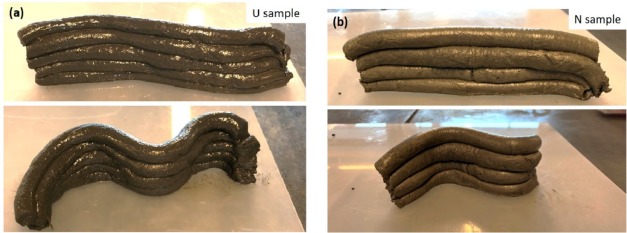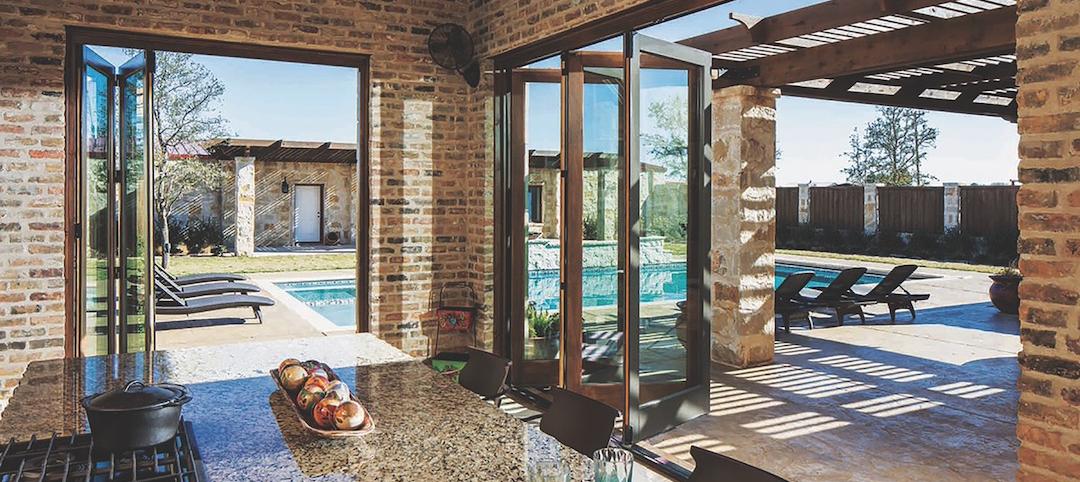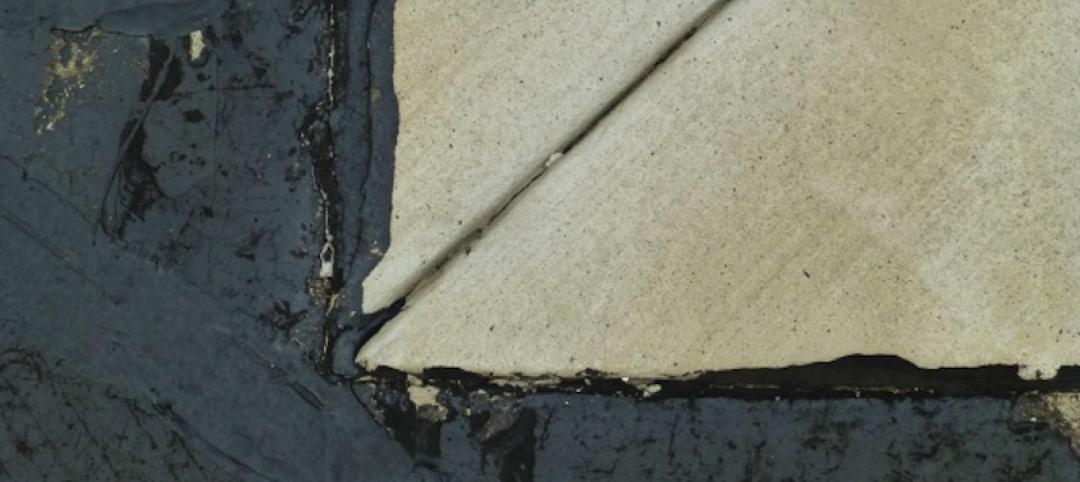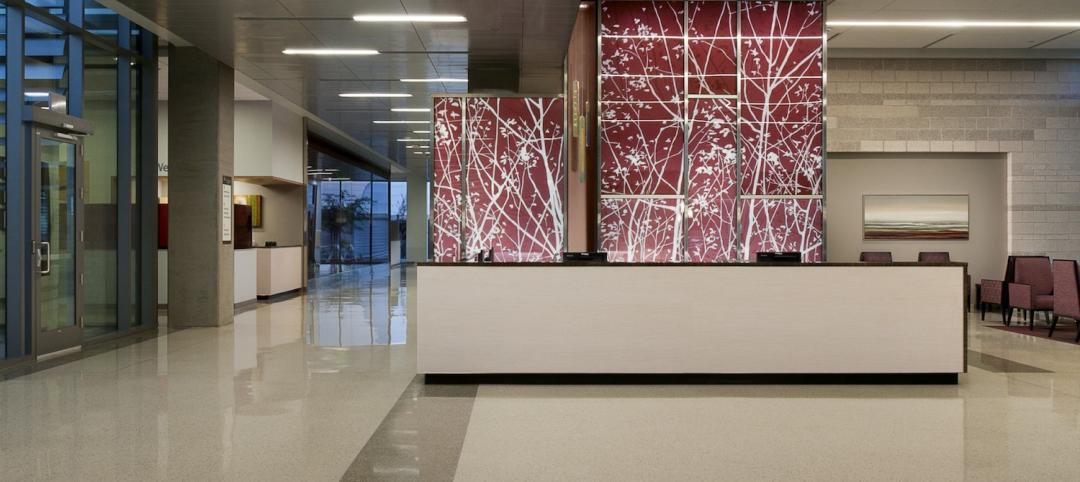When it comes to building architecture in space, researchers, scientists, and architects have been offering up possible solutions for years. Concrete made from soil, ice shelters, and those grown from fungus have all been offered up as possible building materials. But a new possible building method may just use the most unique component of them all: urine.
Norwegian, Spanish, Italian, and Dutch scientists, together with the Advanced Concepts Team (ACT) of the European Space Agency (ESA), have conducted experiments using urea from urine as a superplasticizer for lunar geopolymer mixtures that can then be used to 3D print structures. The scientists presented their findings in the Journal of Cleaner Production.
In their paper titled "Utilization of urea as an accessible superplasticizer on the moon for lunar geopolymer mixters," the scientists say urea can break hydrogen bonds and therefore reduces the viscosities of many aqueous mixtures. And since urea is the second most abundant component of urine (water being the first), it would be readily available, even in a location as barren and distant as the moon.
See Also: Designing for the final frontier: Space architecture
"Addition of urea has been compared with polycarboxylate and naphthalene based superplasticizers, and with a control mixture without superplasticizer. When curing the sample containing urea at 80 °C, the initial setting time became longer. The samples containing urea or naphthalene-based superplasticizers could bear heavy weights shortly after mixing, while keeping an almost stable shape. Samples without superplasticizer or containing the polycarboxylate-based admixture were too stiff for mold-shaped formation after casting. Samples containing urea and naphthalene-based admixtures could be used to build up a structure without any noticeable deformation," according to the paper.

Additionally, the samples with urea also had higher compressive strength than the other two specimens containing superplasticizers, "and it continued to rise even after 8 freeze-thaw cycles."
The scientists conclude the paper by explaining further studies are needed to assess how the lunar regolith geopolymers will behave under the severe lunar conditions, which include a vacuum that can cause the volatile components to evaporate and large temperature fluctuations that can cause the structure to crack.
But if all goes according to plan, Moon Base Number 1 may have a more literal meaning than anyone ever anticipated.
Related Stories
Sponsored | Windows and Doors | Apr 14, 2015
Energy Retrofits: Getting the Whole Picture on Energy Analysis
Modular Building | Mar 10, 2015
Must see: 57-story modular skyscraper was completed in 19 days
After erecting the mega prefab tower in Changsha, China, modular builder BSB stated, “three floors in a day is China’s new normal.”
Sponsored | Metals | Mar 10, 2015
Metal Building Systems: A Rising Star in the Market
A new report by the Metal Building Manufacturer's Association explains the entity's efforts in refining and extending metal building systems as a construction choice.
Building Materials | Feb 19, 2015
Prices for construction materials fall in January, following plummet of oil prices
The decline in oil and petroleum prices finally showed up in the produce price index data, according to ABC Chief Economist Anirban Basu.
Steel Buildings | Feb 10, 2015
Korean researchers discover 'super steel'
The new alloy makes steel as strong as titanium.
| Dec 29, 2014
From Ag waste to organic brick: Corn stalks reused to make construction materials [BD+C's 2014 Great Solutions Report]
Ecovative Design applies its cradle-to-cradle process to produce 10,000 organic bricks used to build a three-tower structure in Long Island City, N.Y. The demonstration project was named a 2014 Great Solution by the editors of Building Design+Construction.
| Dec 28, 2014
New trends in ceiling designs and materials [AIA course]
A broad array of new and improved ceiling products offers designers everything from superior acoustics and closed-loop, recycled content to eased integration with lighting systems, HVAC diffusers, fire sprinkler heads, and other overhead problems. This course describes how Building Teams are exploring ways to go beyond the treatment of ceilings as white, monolithic planes.
| Oct 30, 2014
CannonDesign releases guide for specifying flooring in healthcare settings
The new report, "Flooring Applications in Healthcare Settings," compares and contrasts different flooring types in the context of parameters such as health and safety impact, design and operational issues, environmental considerations, economics, and product options.
| Oct 16, 2014
Perkins+Will white paper examines alternatives to flame retardant building materials
The white paper includes a list of 193 flame retardants, including 29 discovered in building and household products, 50 found in the indoor environment, and 33 in human blood, milk, and tissues.
| Oct 14, 2014
Proven 6-step approach to treating historic windows
This course provides step-by-step prescriptive advice to architects, engineers, and contractors on when it makes sense to repair or rehabilitate existing windows, and when they should advise their building owner clients to consider replacement.

















